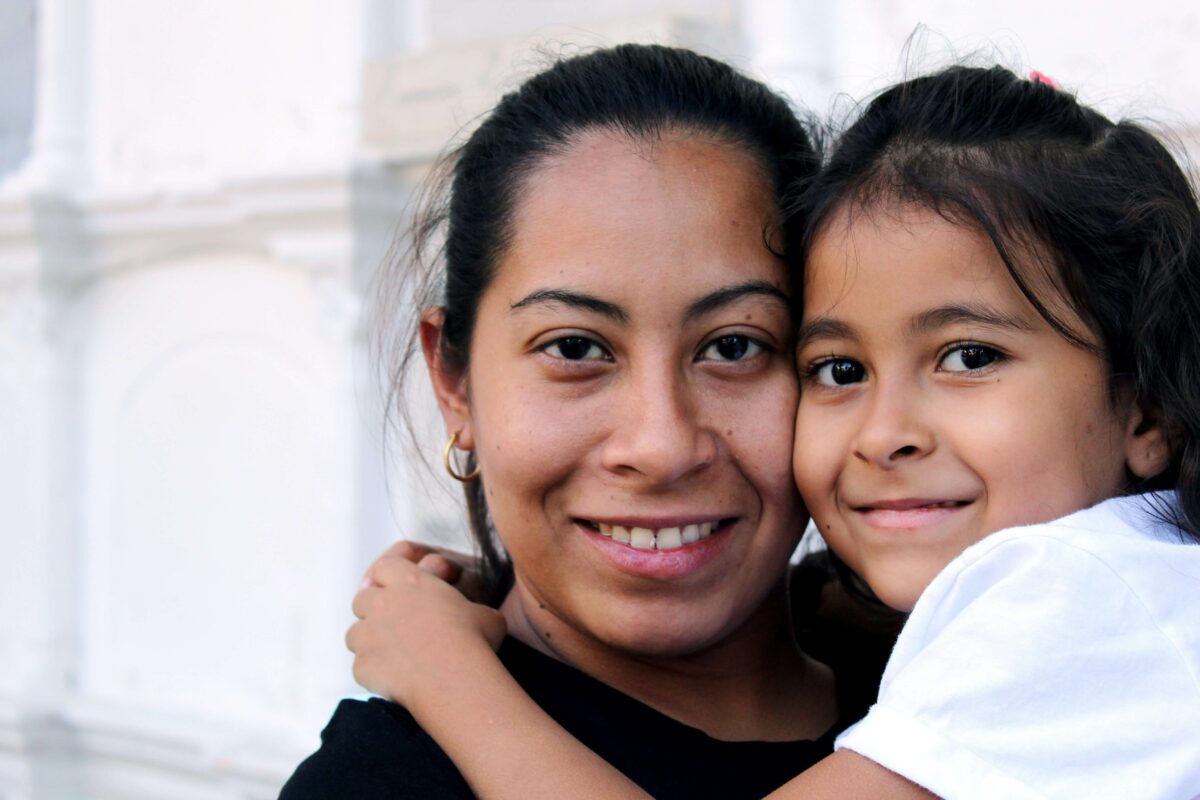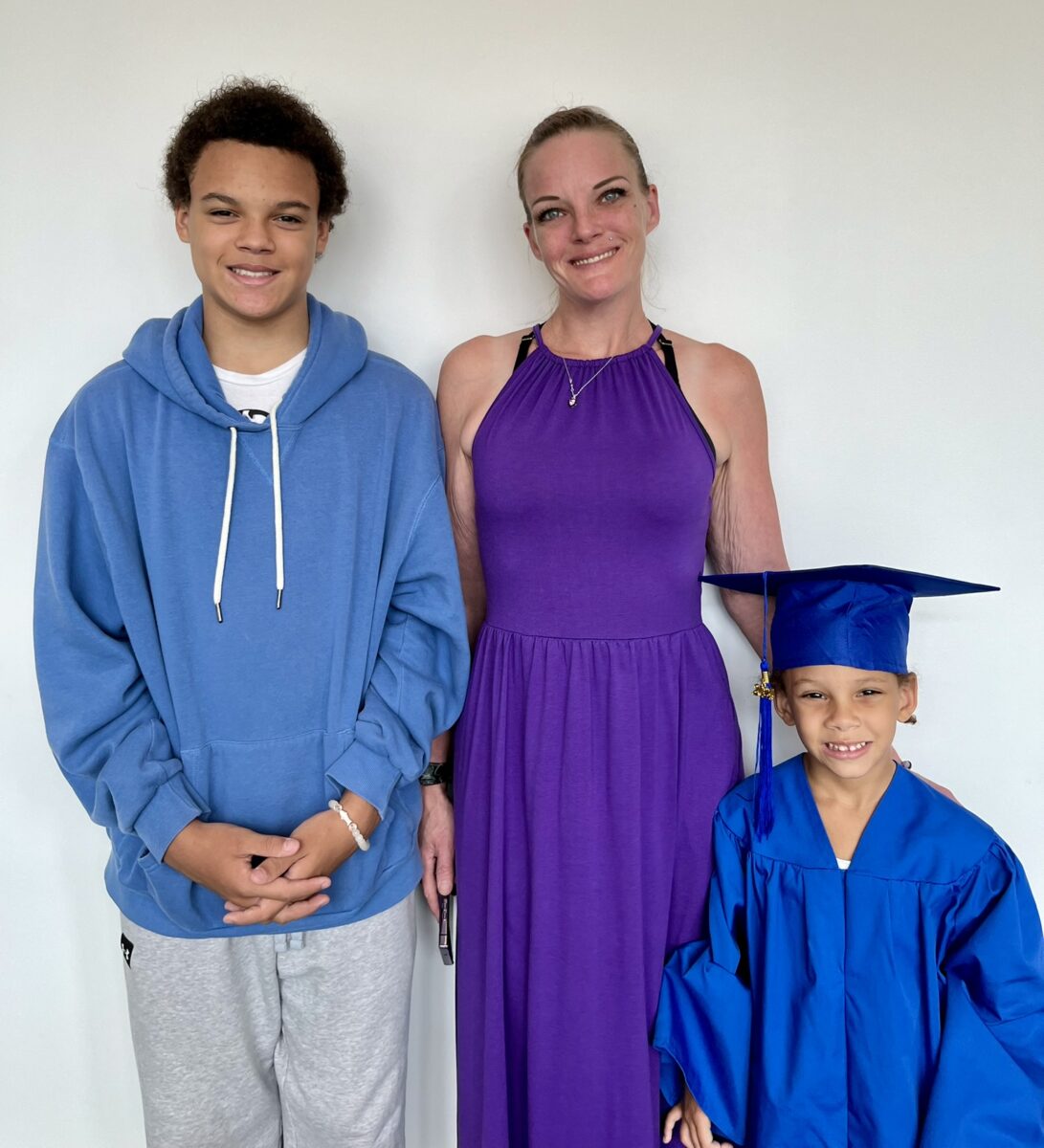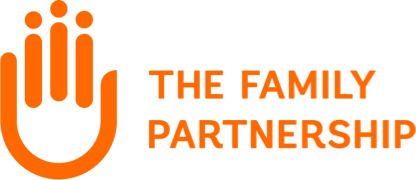Minnesota’s Early Childhood Investments Are Paying Off—But More Funding Is Needed to Sustain Progress

Minnesota’s recent investments in early childhood have helped thousands of Minneapolis families living in or near poverty achieve significant milestones through The Family Partnership’s programs in 2024:
- 90% of children in our preschools graduated kindergarten-ready, nearly doubling the 52% rate of their peers
- 87% of children in developmental therapies met their treatment goals
Parents like Amanda Youlou have directly benefitted from these investments. She used and early learning scholarship to enroll her daughter, Lilah, at TFP’s top-rated Four Directions Preschool. Through play-based learning, healthy nutrition and nurturing care from her teachers, Lilah thrived. She also accessed onsite play-based therapy to help her cope with the death of her father.
“Lilah developed a love of learning at Four Directions,” shares Amanda. Today, Lilah is thriving in second grade, and Amanda credits The Family Partnership with helping her daughter build the confidence and emotional resilience she needed to succeed.

Research shows that children like Lilah who receive high-quality early childhood education experience positive outcomes in cognitive development. This is especially true for executive function skills that predict children’s academic achievements in K-12 education and, later, success in the workforce.
Early Childhood Investments in 2023 Fuel Minnesota’s Economy and Families, Highlighting the Need for Increased Funding in 2025
High-quality early childhood programs like Four Directions make it possible for parents and caregivers to participate fully in the workforce. “Without good childcare, you can’t get to work,” Amanda explained, “or you might have leave your kids with people you don’t know well.”
Without good childcare, you can’t get to work or you might have to leave your kids with people you don’t know well.
Amanda Youlou, parent
Workforce participation and affordable child care go hand in hand, especially for low-income families who otherwise spend an average of 36% of their income on child care. Studies show when child care costs are subsidized, parents and caregivers from low-income households are much likelier to remain employed, especially in full-time jobs.
In 2023 the Minnesota Legislature made historic investments in our state’s families and future by investing $1.3 billion over four years to early childhood education and care—one of the boldest commitments in the nation. These funds expanded access to high-quality child care and early learning programs, with key actions including:
- More funding to help families afford preschool and high-quality child care through Early Learning Scholarships (ELS)
- Expanded access to the Child Care Assistance Program (CCAP) that helps cover child care costs for more families
- Simplified application process to make it easier for families to qualify for financial support
- Increased payments to child care providers so they can keep offering quality care for families
While these steps made a difference, they do not fully address the needs of thousands of working families still struggling to find affordable, high-quality child care. Legislators from both sides of the aisle, including Rep. Nolan West (R-Blaine) and Rep. Carlie Kotyza-Witthuhn (DFL-Eden Prairie), are currently proposing legislation to expand Early Learning Scholarships to more families in need.
Child Care Shortages Cost Minnesota Families and the Economy Billions Each Year
It is important to sustain early childhood investments in 2025 including early learning scholarships. The demand for affordable, high-quality child care is rising as more workers return to the office. At the same time, every region in Minnesota is grappling with significant child care shortages that limit families’ options.
In 2024, first Children’s Finance estimated these shortages affected 89,528 Minnesotan children with working parents. Without better options, many parents stay home or reduce their work to part-time in order to care for their children. Some parents alternate working hours with their partners or other family members, missing out on important family bonding time.
The cost of insufficient child care in Minnesota affects families as well as businesses and taxpayers. Research shows these negative impacts total $2.1 billion in losses per year in Minnesota including:
- $19,610 average loss for parents in earnings and productivity each year
- $3,280 loss in revenue for businesses, per working parent
- $5,170 loss for taxpayers due to lower income tax and sales revenue, per working parent
These monetary losses have long-term consequences for children, especially those living in low-income households. Economic instability increases risks that children will experience hunger, homelessness or child maltreatment. In fact, poverty has the same harmful impacts as other Adverse Childhood Experiences (ACEs) like physical abuse or neglect. There are lifelong ramifications for children who grow up with toxic stress related to economic instability, including higher risks of depression, substance abuse and unemployment in adulthood.
Early childhood investments are some of the most strategic moves Minnesota can make for our short-term and long-term prosperity.
Early childhood investments are some of the most strategic moves Minnesota can make for our short-term and long-term prosperity. We’ll support this generation’s working parents while building a strong workforce for the next. These investments will continue to position Minnesota as one of the nation’s best places to raise a family and strengthen our economic growth.
Take Action: Advocate for Expanded Early Childhood Funding in 2025
Join The Family Partnership in raising awareness and support for early childhood investments. Here are just a few ways you can help:
- Join The Family Partnership this Thursday, 2/20/25 for Advocacy for Children Day at the capitol and make your voice heard
- Contact your legislators and encourage them to support funding (HF 470/SF 1049) for early childhood education.
- Sign up for our newsletter to stay informed about our advocacy efforts
